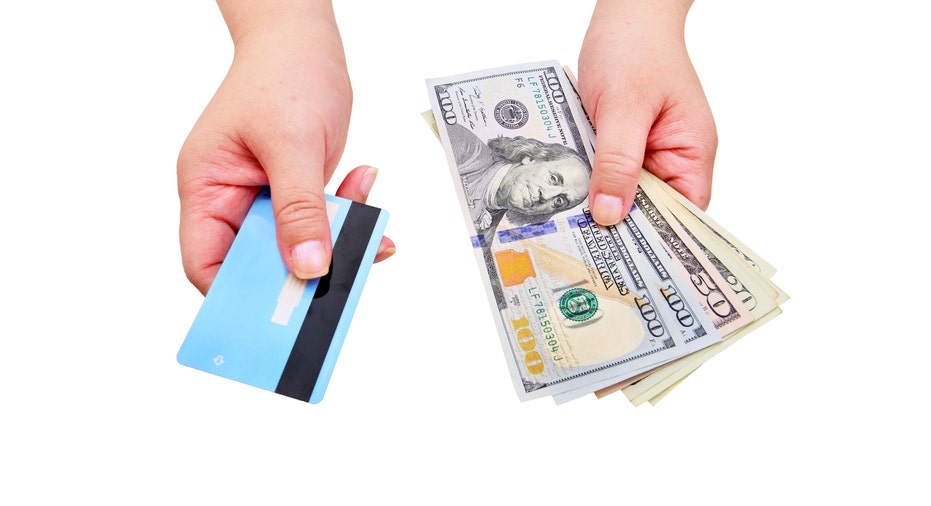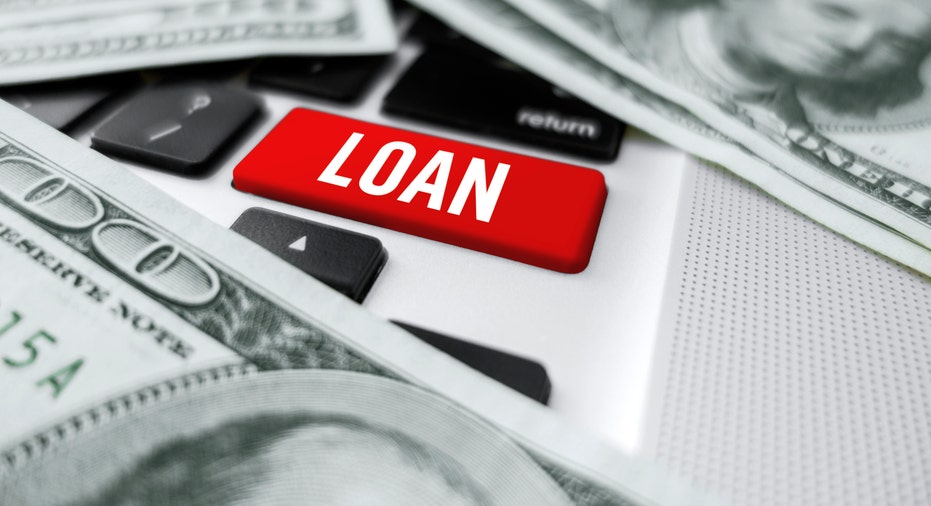
The total number of personal loans Americans borrowed reached a high of $162 billion throughout the first quarter of 2022, based on TransUnion. However, the development rate toward no more the quarter was also the slowest in more than two years, the credit reporting agency claimed.
Getting an unsecured loan approval might be harder due to the coronavirus pandemic • as lenders have more conservative and raise the credit score requirements on unsecured loans. PayPasser can help determine if you'd be a good candidate for a personal loan. Just enter some information into PayPasser's online for free tools and ascertain what type of rates you qualify for today.
But before you decide to officially start the personal application for the loan process, you might want to take these five steps to enhance your chance of getting approved.
1. Go through your credit report
Lenders look at borrowers• credit ratings to assist them to assess their risk levels. It's hard to get approved for a loan with bad credit, so you'll want to check your credit score and see what your location is before you apply. If you have bad credit, don't worry, there are several methods for you to boost your credit score to eventually secure approval.
If you have a higher credit score or are confident in your credit report, you'll be able to enter your required personal loan amount into PayPasser's free tools and start the application process.
Unfortunately, errors inside your credit report could decrease your credit score. A study from the Ftc discovered that 1 in 5 consumers have a mistake on their own report that could result in unfavorable loans.
You're eligible for a free credit report in the three credit agencies each year. After obtaining it, search for errors like missed payments or accounts you didn•t open. If you find an error or negative items on your credit history, dispute it with the credit agency and reach out to the company that generated the report to fix the error.
2. Look at your ratios
In addition to your credit report, lenders will appear at your debt-to-income ratio, which is the amount of debt you have when compared with your earnings. For those who have a lesser percentage, then you definitely likely have a manageable debt level • key point when trying to get a personal loan.
To see where you currently stand, use PayPasser. PayPasser will help you compare multiple lenders at the same time and help you find the very best deals based on your financial situation.
Before are applying, perform the math, adding up your loan payments, such as student or vehicle notes. Monthly expenses like rent or utilities aren•t included, and a ratio below 40% is preferred.
For example, if you have earnings of $2,000 each month and a student loan payment of $400 and a car loan that's $325, your debt-to-income ratio is 36.25%. But when you might also need credit card debt with a monthly minimum payment of $150, your ratio is 43.75%, which could make approval challenging. Before you decide to apply, reduce debt to take down ratio.
Another number that lenders consider is the debt utilization ratio, the amount of revolving credit you've used compared to just how much can be obtained. Numerous under 30% is preferred. To improve this ratio, you could request an increase in your credit limit. However, make sure the creditor doesn•t require a hard inquiry on your credit, that could backfire and lower your credit score.
3. Determine how much you need to borrow
It can be tempting to try to get more than you'll need, in case. But requesting too much money could be a warning sign for lenders. Before you decide to enter financing amount, consider your other obligations and just how the brand new loan would impact your monthly budget.
It can help to use a personal loan calculator such as this one from PayPasser to find out your payment per month and just how it might impact your cash flow. Once you determine your monthly obligations and also the impact on your checking account, then use PayPasser to compare rates.
A larger loan could place a strain on your finances, causing a lender to potentially decline your application. An unsecured loan calculator will also help you estimate just how much you•d qualify for.
4. Obtain a cosigner
If your credit score is fair or you are simply getting started and haven•t yet established a credit rating, you are able to improve your chances of approval for those who have a cosigner that has good or excellent credit. Lenders could be more likely to give you money because, if you fail to purchase any reason, the cosigner has agreed to assume responsibility.
A cosigner could be a family member or friend, but you•ll want to tread lightly into this kind of arrangement. If you think there•s any chance that you might lose your job or become not able to make the monthly payments, you could permanently damage your relationship using the cosigner by defaulting. And if they become unable to pay, their credit could suffer, too.
5. Shop and compare lenders
Finally, locate a lender where you possess the best opportunity for approval. Many will disclose the requirements online, including a minimum credit rating or annual income. When you find a lender that fits your qualifications and offers the best rates, you are able to move forward with the application instead of costing you time.
Visit PayPasser to explore your choices. You can compare rates and lenders all on a single page.
Ultimately, the very best personal loan is one that doesn•t hurt your financial wellbeing. Make sure you can handle the payment per month without straining your budget. By doing the groundwork before you fill out the personal application for the loan, you will get the very best rate from lenders.








